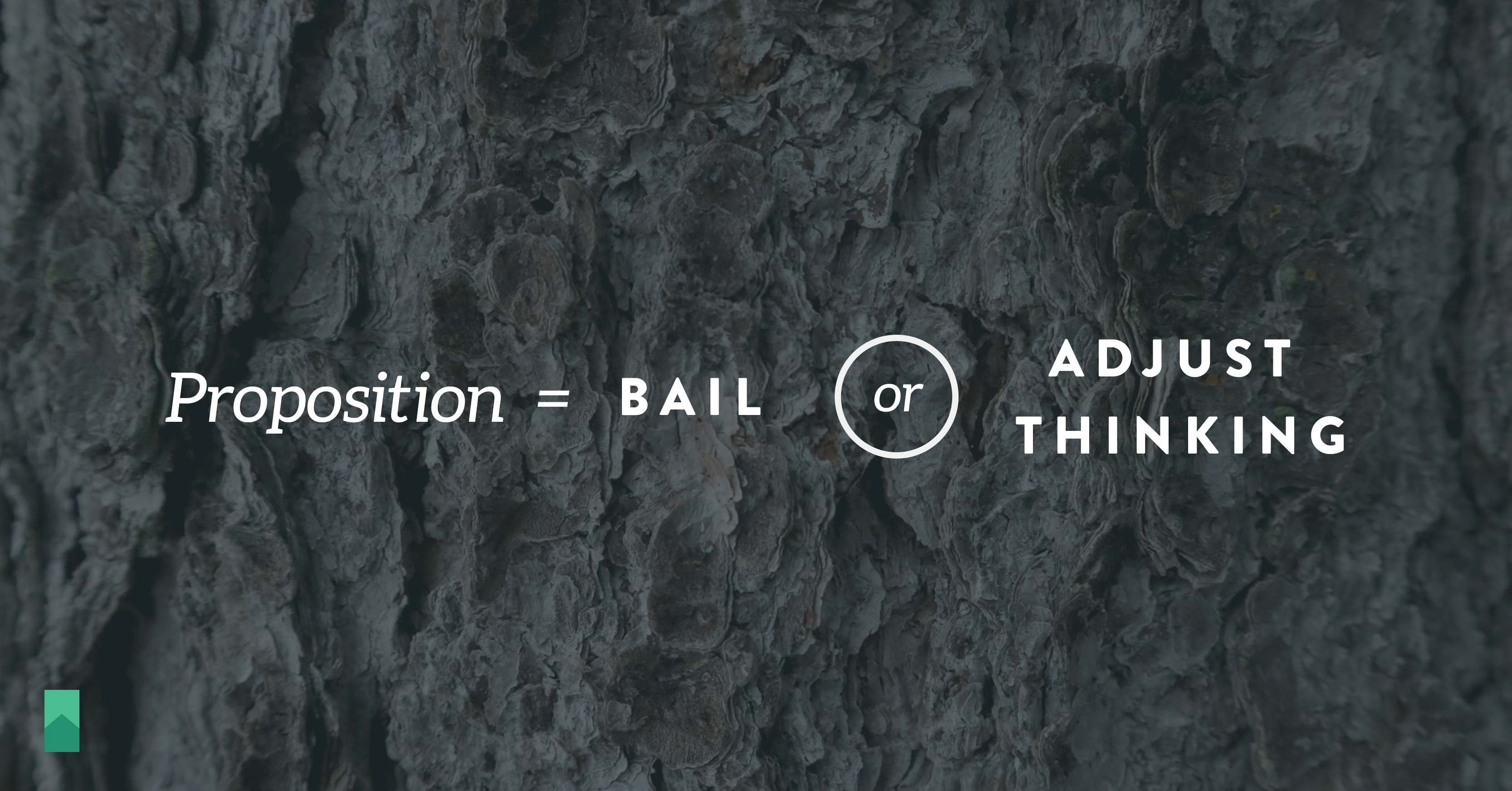Vision and Possibility

I’ve noticed a tendency for people to dismiss an idea immediately when it isn’t apparent to them how the “ideal” or “maximum” end state can be achieved easily, quickly, and cheaply. What’s wrong with moving toward improvement, rather than giving up on an idea completely when the initial steps seem challenging?
I suspect most people would agree with that in theory, although relatively few people put it into practice when improvements to the status quo are suggested. To illustrate the process, let’s take a relatively outlandish proposal and reason through it.
A Trend
A current trend in the IT industry is to move systems into the cloud and to take advantage of dynamic infrastructure management support offered by Platform-as-a-Service (PaaS) providers. Most larger enterprises have initiatives in flight to adopt cloud technologies, if they haven’t already implemented cloud-based solutions.
But no company that I know of has taken the idea to its logical conclusion. Large, long-established companies almost invariably have legacy back-end technologies that are critical to their core, market-differentiating systems. Despite many attempts over the past 25 years or so, only relatively small (but still large) enterprises have divested themselves of mainframe systems and other legacy platforms. It has proven to be substantially more challenging and costly than people may have imagined.
What to Do?
If the older systems are here to stay, then an obvious alternative is to modernize them. The technologies have not remained stagnant through all the years when their detractors have been pronouncing them “dead.” They have been improving and advancing all this time. But most organizations still use mainframe systems as if we were living in 1980.
Apart from the technologies themselves, there are new ways of thinking about operations and infrastructure management. Those new ways of thinking are independent of technologies.
Most large organizations have embraced ideas like cloud computing and continuous delivery, but they only apply those practices to the outer layers of their infrastructure…until they reach the interface with the old back-end. Innovation stops cold at that point, as if it had collided with The Wall from Game of Thrones.
A Modest Proposal
What happens when we ask people running large IT organizations about the possibility of implementing dynamic infrastructure management for their mainframe systems?
Well, more specifically, what happens after they stop laughing?
Here’s a visual representation of what happens.

Imagine that we lose 90% of the people at each “Bail” point. I don’t have hard numbers, but experience and observation suggests that’s about right; at least the shape of it, if not the percentages. Most people give up on new ideas very, very early.
In this example, there are eight Bail points in the sequence of reasoning, as we search for potential improvements. Given the assumption 90% of people give up at each decision point, an organization would need ten million people in order to have just one individual stick with the question until they made an improvement.
I can’t help thinking we can do better than that. Am I wrong?
A Pattern?
The purpose here isn’t to talk about applying contemporary infrastructure management methods to mainframe systems. That’s just one example of an “unusual” or “unfamiliar” proposal. The issue is the typical pattern of thinking when people are faced with unfamiliar solutions to old problems. It applies to all sorts of ideas. The tendency is for people to give up too early.
Instead of rushing to the conclusion that improvement is impossible, too difficult, or too expensive, what if we ask ourselves different questions?
- The proposal seems impossible under present conditions. What would have to be true in our organization to make it possible?
- Okay, it isn’t feasible to make it possible at present. What, then, is the next-best outcome, short of the “perfect” outcome?
- Well, we can’t quite reach the next-best outcome either. What, then, is a good outcome short of that?
- But…that would be expensive! Remember to consider cost and benefit, not just short-term cost in isolation.
- …and so on.
There’s almost certainly a practical and cost-effective way to make things better, even if only a little better. Besides that, there’s value to us as individuals in the mental exercise of searching for solutions, and in the cultivation of the habit of doing so.
